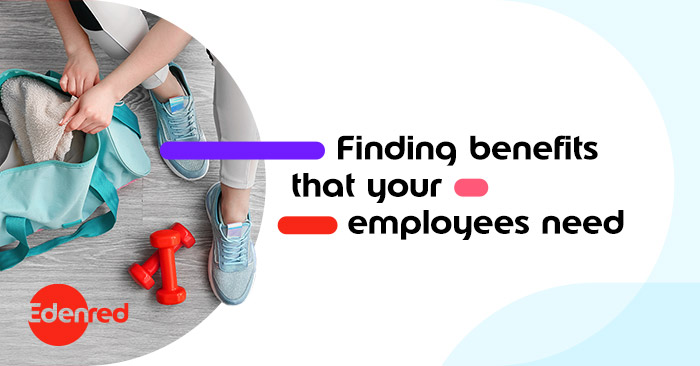Customer experience is well known by companies as a strategy to improve their business, but have you ever heard about the benefits of investing in employee experience?
In the same way that CX (Customer Experience) is about relationships with clients, employee experience is about maintaining a good connection between the company and the workforce.
HR leaders need to consider focusing on the employee experience strategy to increase employee retention. We know there is a growing concern in the job market right now, since many employees are leaving their jobs and seeking other opportunities.
Here is a breakdown of a feasible solution for a positive workplace, where the employee experience is the center of HR strategy.
Consider your Talent Experience
As an HR leader, the first step to design a positive workplace is considering the experience of your employees. This step involves understanding their needs, expectations, and motivations in order to create a work environment that meets those needs and fosters engagement and satisfaction.
Some ways to do this action include conducting regular employee surveys and focus groups, regularly collecting feedback from employees, and creating opportunities for open communication and collaboration between employees and HR.
The Employee Lifecycle
Another key aspect of designing a positive workplace is considering the employee lifecycle, which is the journey an employee goes through from pre-hire to retirement. These stages include:
- Attraction: This stage involves attracting top talent to the company through several recruitment and talent strategies. This one may need an attractive employer brand, the use of social media, and online recruitment platforms.
- Onboarding: This is the stage that new employees are introduced to the company, an onboarding program that includes orientation, training, and integration into the company culture.
- Development: This stage involves providing opportunities for employees to grow and develop both personally and professionally.
- Engagement: This stage involves fostering employee engagement and motivation by creating a positive and supportive work environment.
- Retention: This stage involves offering competitive compensation and benefits, and creating opportunities for career growth and development.
By understanding and optimizing each stage of the employee lifecycle, HR leaders can ensure a positive and seamless experience for employees throughout their time at the company.

Optimizing Your Employee Experience Strategy
To optimize your employee experience strategy, HR leaders should focus on these five key areas:
- Culture: A strong company culture is essential for a positive employee experience. This includes promoting a positive and inclusive work environment and clearly communicating the company’s values and mission.
- Communication: Effective communication is crucial for maintaining a positive workplace. This step includes regular performance evaluations, open forums for feedback, and opportunities for employees to share their ideas and suggestions.
- Benefits and Perks: Offering a comprehensive benefits package and a range of perks, such as flexible work arrangements and professional development opportunities, can help increase employee engagement and satisfaction.
- Professional Development: Providing opportunities for employees to learn and grow can increase job satisfaction and engagement, and can help to retain top talent as well.
- Recognition and Rewards: Recognizing and rewarding employee achievements can help foster a positive work environment and increase employee motivation.
Boosting your employee experience with benefits
Benefits are a crucial part of enhancing employee experience and retaining top talent. HR leaders should focus on offering a comprehensive benefits package, including perks such as flexible work arrangements, professional development opportunities, and recognition and rewards.
These benefits not only increase employee engagement and satisfaction, but they also help foster a positive work environment and motivate employees to perform their best. With the right combination of benefits and perks, HR leaders can boost the overall employee experience, leading to increased retention and improved business outcomes.








